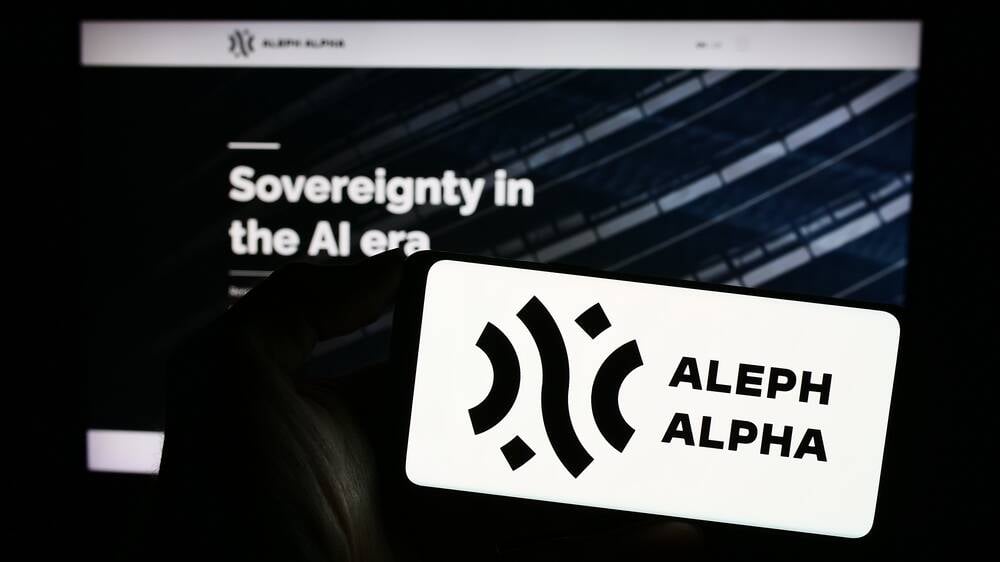Bridging the Gap: Tackling the Challenges of Integrating AI in Applications
In today’s rapidly evolving landscape of artificial intelligence, large language models (LLMs) are the cornerstone of many advanced applications. However, despite the substantial investments poured into their development each year, a significant disconnect remains between creating these models and effectively applying them in real-world scenarios.
Jonas Andrulis, CEO of Aleph Alpha, sheds light on this issue during a recent interview. While terms like fine-tuning and retrieval-augmented generation (RAG) are familiar in the AI community, Andrulis emphasizes that implementation is hardly a walk in the park. "About a year ago, it felt like everyone assumed fine-tuning was a magic bullet," he states emphatically. Unfortunately, it’s simply not that straightforward—especially when it comes to embedding new information into these models.
The Limitations of Fine-Tuning
Fine-tuning can indeed help adjust a model’s behavior or style, but it’s not the best approach for teaching new facts or data. Through previous discussions and insights, it’s become evident that while fine-tuning has its place, RAG presents an intriguing alternative.
RAG functions like an AI librarian, allowing models to pull information from an external database. This method shines because it enables updates without the need for retraining, meaning that model outputs can be both cited and audited. Andrulis argues, "Specific knowledge should always be documented and not embedded in the parameters of the LLM." However, RAG is not without its challenges. It requires key information to be organized in a manner accessible to the model, and any reliance on data outside the model’s training distribution can result in confusion—especially when dealing with different languages or specialized content.
Consequently, Andrulis believes a hybrid approach that leverages both fine-tuning and RAG is often necessary for enterprises seeking meaningful outcomes from their AI investments.
Enter Sovereign AI
Aleph Alpha aspires to fill the gaps that hinder enterprises and nations from developing their own "sovereign AI"—which refers to models trained on domestic datasets, utilizing local infrastructure. As Andrulis explains, "We’re trying to be the operating system, the foundation, for enterprises and governments looking to develop their sovereign AI strategies." He emphasizes the importance of innovation tailored to specific needs rather than duplicating existing models like Meta’s Llama or OpenAI’s GPT.
Aleph Alpha is focusing on simplifying the adoption of AI technologies. Their groundbreaking tokenizer-free, or "T-Free," training architecture aims to mitigate the challenges of training models with out-of-distribution data. Traditional methods can be cost-prohibitive and data-dependent, but the T-Free approach, which has shown impressive results in early testing, claims to achieve significant cost and carbon footprint reductions—70% less, according to their findings.
Additionally, Aleph has rolled out Pharia Catch, a tool designed to tackle the issue of conflicting documents that can lead to misunderstandings in compliance-related AI applications. This system helps clarify discrepancies by prompting human verification, thereby refining the model’s knowledge base.
Collaborations and Hardware Considerations
Aleph Alpha’s ambitions don’t stop at software—hardware plays a crucial role as well. Many enterprises have mandates to use domestically produced technologies, which complicates AI deployments. Andrulis has forged partnerships with diverse hardware providers, including AMD and Graphcore, to ensure compatibility and meet varied needs. However, he’s clear that Aleph Alpha aims to avoid becoming a cloud provider, stating, "We will never become a cloud provider. I want my customers to be free and without being locked in."
Looking Ahead
As AI evolves, Andrulis foresees increasing complexity in creating applications that move beyond simplistic chatbots toward more sophisticated agentic systems capable of multi-step problem solving. This evolution brings opportunities but also challenges that require a strategic approach.
"What we did last year was pretty straightforward," he notes. "Now, it’s getting more exciting, with applications that push the boundaries of what generative AI can achieve." As the field progresses, businesses and governments alike must stay aware and prepared to adapt, keeping an eye on innovations like Aleph Alpha’s efforts.
In summary, integrating AI into practical applications requires more than just advanced models; it demands a smart blend of knowledge documentation, innovative frameworks, and collaboration across sectors. As we move forward, companies like Aleph Alpha pave the way for future advancements in AI.
The AI Buzz Hub team is excited to see where these breakthroughs take us. Want to stay in the loop on all things AI? Subscribe to our newsletter or share this article with your fellow enthusiasts.




